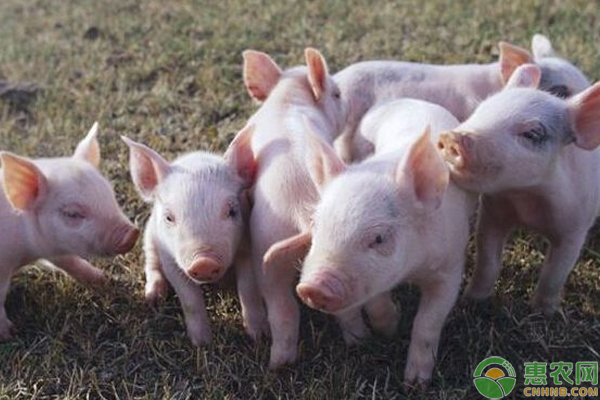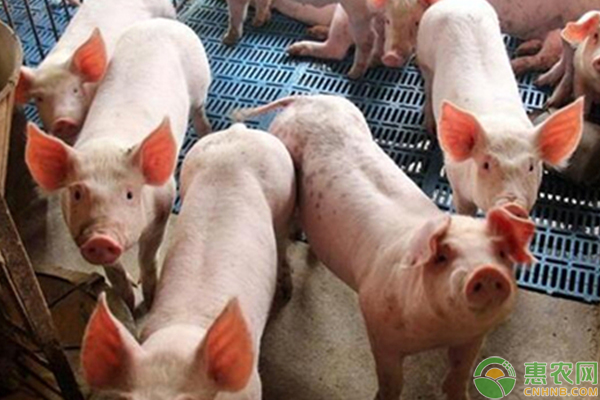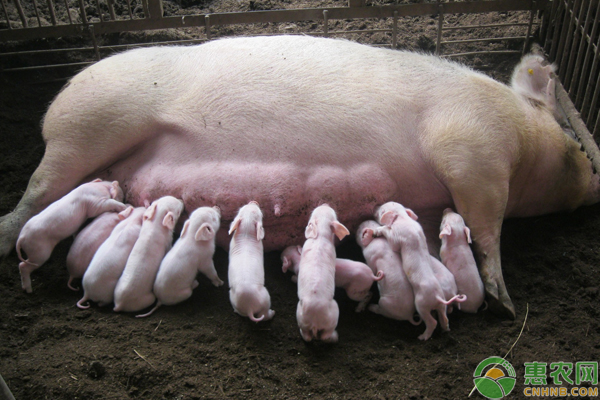Pig is one of the main livestock in China. It has a wide range of breeding in China, and it also occupies a major position in China's aquaculture industry. However, it is often attacked by various diseases during the breeding process. If the prevention and treatment is not timely, it will seriously affect the efficiency of the farm. Then how do we do it? Good prevention? The following small series will tell you in detail about the prevention and treatment of common diseases in pigs. I hope to be helpful.

1 Important causes of swine disease
In recent years, pig breeding has brought good economic benefits to many farmers, but some farmers lack scientific farming experience, and do not do regular cleaning and disinfection of pig houses, creating conditions for pig disease outbreaks. Under the temptation of economic interests, some farmers blindly use hormone feed to promote the rapid growth of pigs during the breeding process, and even feed the pigs with cheap and inferior feed, which affects the healthy growth of pigs. In addition, some breeders do not pay much attention to vaccination, resulting in reduced resistance of pigs, easy infection of diseases, rapid spread of diseases, and can be transmitted to other healthy pigs in a short period of time, which will bring greater economic losses.
2 common diseases and treatments for pigs
2.1 Ascariasis
Ascariasis occurs mostly in young or postpartum sows. The clinical manifestations are not like eating, frequent coughing, slow growth, molars and other symptoms, and the body is getting thinner. If the treatment is not timely, it will easily lead to pig death. If tsutsugamushi has already occurred, it is necessary to promptly use the mites to kill the eggs and worms, and timely remove the pig faeces and feed and other infectious agents.

2.2 Digestive diseases
Viral diarrhea and bacterial diarrhea are common digestive tract diseases in pigs. Pigs suffering from bacterial diarrhea often excrete paste. Pigs with viral diarrhea can be excreted in a water spray. For pigs with viral diarrhea and bacterial diarrhea, the farmers should thoroughly clean and disinfect the pig house to ensure that the pigs are clean, add appropriate antibiotics to the feed, and inject lincomycin and sputum according to the condition. The bacteria and oxytetracycline are treated.
2.3 Infectious atrophic rhinitis
Infectious atrophic rhinitis is more common in pig diseases. It is a chronic infectious disease of the respiratory tract caused by the toxin-producing Pasteurella multocida and B. bronchiseptica. The clinical manifestations are nasal congestion, nasal discharge, asthma and facial deformation. Wait, it will cause the growth rate of pigs to slow down. In addition, the body's immunity will also decline, which in turn will lead to infection with other diseases, which will lead to the death of pigs and even threaten the entire herd, thus seriously affecting the breeding benefits. In this regard, in the treatment, daily feeding of oxytetracycline or chlortetracycline 20 ~ 30 mg · kg -1, continuous feeding for 20 d, can achieve better results.

2.4 Pig leg and foot disease
In pigs with pig foot and foot disease, the joints will be swollen, and the pig's foot will be easily broken in the middle of the period. In response to this disease, farmers should optimize the pig environment, clean the pig house, maintain good ventilation, and disinfect the pig house in all directions to avoid the hard items in the pig house to reduce damage to the pig's foot. At the same time, dexamethasone and penicillin can be used in combination with Antongding for injection therapy.
2.5 Streptococcal disease
Streptococcal disease is highly contagious, has a rapid outbreak, and may be infected by humans and animals. After pigs have swine streptococci, symptoms such as meningitis and sepsis appear, and body temperature rises. Sick pigs have different symptoms at different stages. Generally, they have shortness of breath in the early stage, difficulty in breathing in the middle stage, and convulsions occur in the late stage, and red mucus will flow out from the nose and mouth when convulsions. For streptococcal disease, farmers should actively take preventive measures, and inject vaccines into piglets before the onset of disease to improve the immunity of pigs and reduce their incidence. If you have been infected with streptococcal disease, you can take ethyl ciprofloxacin twice a day, 2.5 to 10 mL·kg -1 each time, and also in combination with intramuscular ceftiofur, once a day, 5 mg·kg - 1. Continuous treatment for 3 days.
2.6 asthma
Swine asthma is also known as Mycoplasma pneumoniae. This disease mainly affects the chronic respiratory tract of pigs. The pigs infected with asthma often show symptoms such as shortness of breath, panting, coughing, and no diet. Once the disease occurs, it will affect the growth rate. So that the pig's feeding cycle is extended. The disease mostly occurs in a climate-stable environment, and has nothing to do with the type and size of pigs. The poor feeding environment and feed quality are the main factors inducing the disease. The incidence rate is as high as 50%, which is contagious. Infections are easily transmitted to other herds.
The treatment of swine asthma is mainly by intramuscular injection of lincomycin, twice a day, 40 000 IU·kg -1 each time, continuous treatment for 5 to 10 days, or intramuscular injection of tamarind (tylosin) 15 mg·kg -1, continuous injection for 3 d, has a good effect.
3 Prevention measures for pig diseases
3.1 Creating a good living environment
The occurrence of many diseases in pigs is closely related to their growing environment, so it is essential to keep pig houses clean and regularly disinfected.
3.2 Scientific breeding
In order to ensure the balanced nutrition of the pigs, the farmers should choose the excellent feed for the pigs according to the season change , and can increase the adsorbent according to the nutritional indicators of the pigs. During the feeding period, the breeder should scientifically manage the drinking water problem of the pigs and clean the pig's excrement in time.
There are many types of pig diseases, and there are many reasons for this, so it is necessary to strengthen management during the breeding process, especially the pig house hygiene and feeding management. The above are about preventive measures and prevention methods for pig diseases, which can be used for reference.
Disposable Negative Pressure Drainage Device
Changzhou Weipu Medical Devices Co., Ltd. , https://www.wmlaparoscopic.com